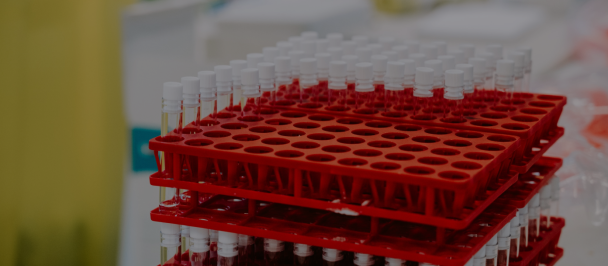Global Dashboard for Vaccine Equity
Published on 18 April 2021
Overview
COVID-19 vaccine inequity will have a lasting and profound impact on socio-economic recovery in low- and lower-middle income countries without urgent action to boost supply, share vaccines and ensure they’re accessible to everyone now.
The Global Dashboard for Vaccine Equity combines the latest data on the global roll-out of COVID-19 vaccines with the most recent socio-economic information to illustrate why accelerating vaccine equity is not only critical to saving lives but also to driving a faster and fairer recovery from the pandemic with benefits for all.
It provides new, actionable insights and possibilities for policy makers to dive into the implications of vaccine inequity for socio-economic recovery, jobs and welfare. Analyses can be generated and compared by country, region and globally, and organised per income group.
The Dashboard is a joint initiative of UNDP, WHO and the University of Oxford with cooperation across the UN system, anchored in the SDG 3 Global Action Plan for Healthy Lives and Well-being for All.
What is Vaccine Equity?
Vaccine equity means that vaccines should be allocated across all countries based on needs and regardless of their economic status. Access to and allocation of vaccines should be based on principles grounded in the right of every human to enjoy the highest attainable standard of health without distinction of race, religion, political belief, economic, or any other social condition.
Globally, the distribution of vaccines is shaped by challenging political, economic, social, diplomatic, and health-related matters. Therefore, accurate and up-to-date data and information are critical components in guiding the international community’s understanding of vaccine equity and shed light on the blind spots essential for achieving the last mile on vaccine equity
How accessible are vaccines globally?
A slower and delayed vaccination rollout in low and middle-income countries has left them vulnerable to COVID-19 variants, new surges of the virus and a slower recovery out of the crisis. High-income countries started vaccination on average two months earlier than low-income countries and vaccination coverage in low-income countries is still strikingly low. The red line at the bottom of the graph is a stark depiction of the gap between rich and poor countries.
Are vaccines affordable for all countries?
Data from the MI4A COVID-19 Vaccine Purchase Dataset shows that the average cost per COVID-19 vaccine dose ranges between US$ 2 – $ 40. The estimated delivery cost is US$ 3.70 per person vaccinated with two doses, after accounting for vaccine wastage.
This represents a significant financial burden for low-income countries, where the average annual per capita health expenditure amounts to US$ 41 (Global Health Expenditure Database). While vaccination programmes will increase healthcare costs across all countries, it is especially the case in low-income countries as they would need to increase their health expenditure by a staggering 30-60 percent to reach seventy percent of their population under the current pricing and over a period of one year. High-income countries are expected to increase theirs by only 0.8 percent to achieve the same vaccination rate in one year.







